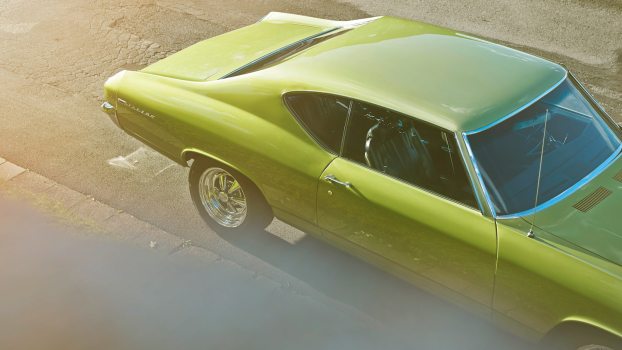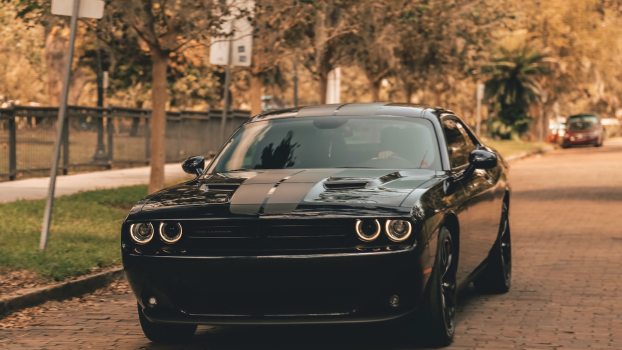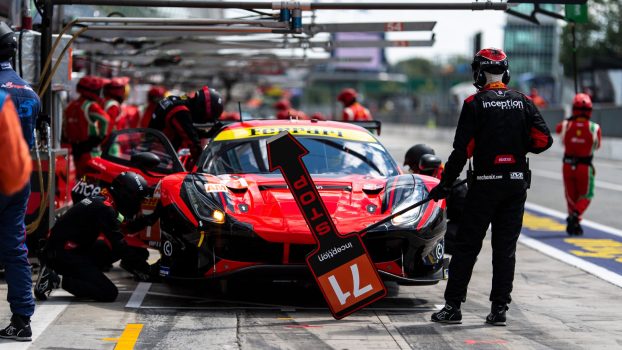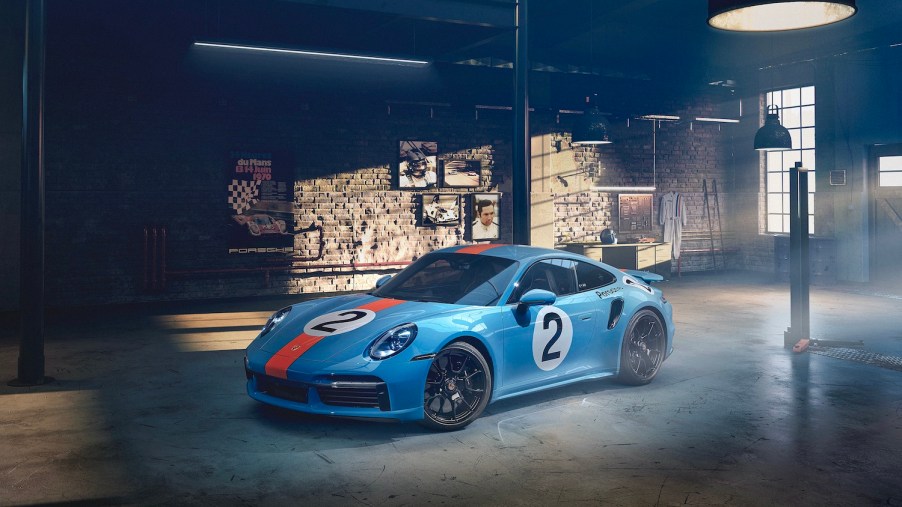
Here’s What Makes The Gulf Oil Racing Livery The Classiest Color Combo in Motorsports
Many modern racing cars are painted in the same brash colors as modern supercars. But a select few vehicles are allowed to wear the light blue and bright orange known as Gulf Oil racing livery. The catchy color combo ignites nostalgia in many motorsports fans. Here’s the story behind the Gulf color combo and why it is considered so darn classy.
Why is car paint called livery?
Livery is a medieval term for the colors or icons worn by a servant or soldier to announce who employs them. In British English, it has come to mean a set of colors and logos on a race car to announce its manufacturer and sponsors.
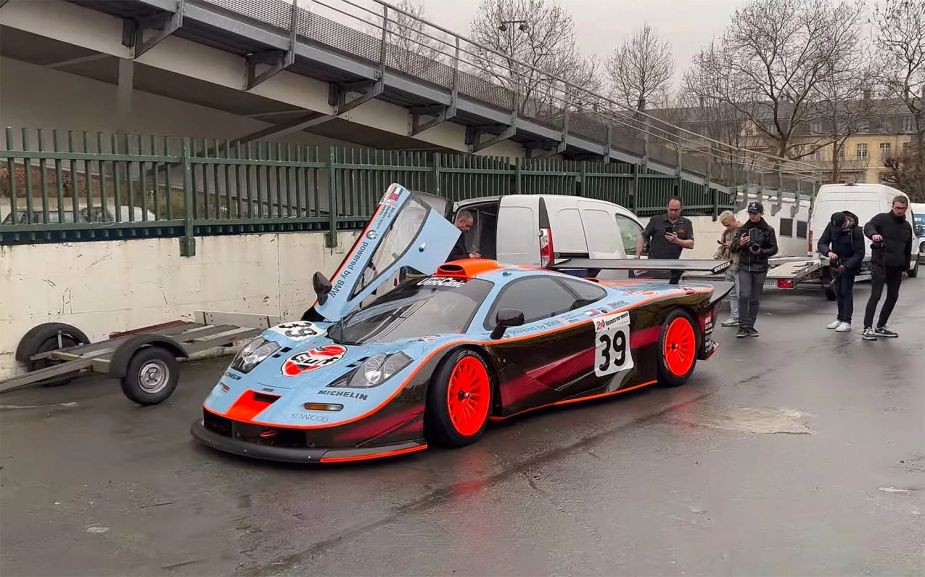
Beginning in 1900, motorsports vehicle livery was standardized by country: Red meant Italy. White, and later silver, was Germany. Blue was France. Green was Britain. Relatively early on, United States motorsports adopted livery by sponsor instead of by home base. Eventually, European motorsports followed suit. When you hear the word livery in United States English, it is usually used in reference to European motorsports.
Read more about the crash that made many consider green a cursed race car color.
What is Gulf Oil livery?
A race car sponsored by Gulf Oil is usually painted powder blue with very large orange stripes. One stripe often runs over its roof, while two more run along the lower half of its body panels. The gold disc of the Gulf Oil logo is then painted on its hood and/or its doors.
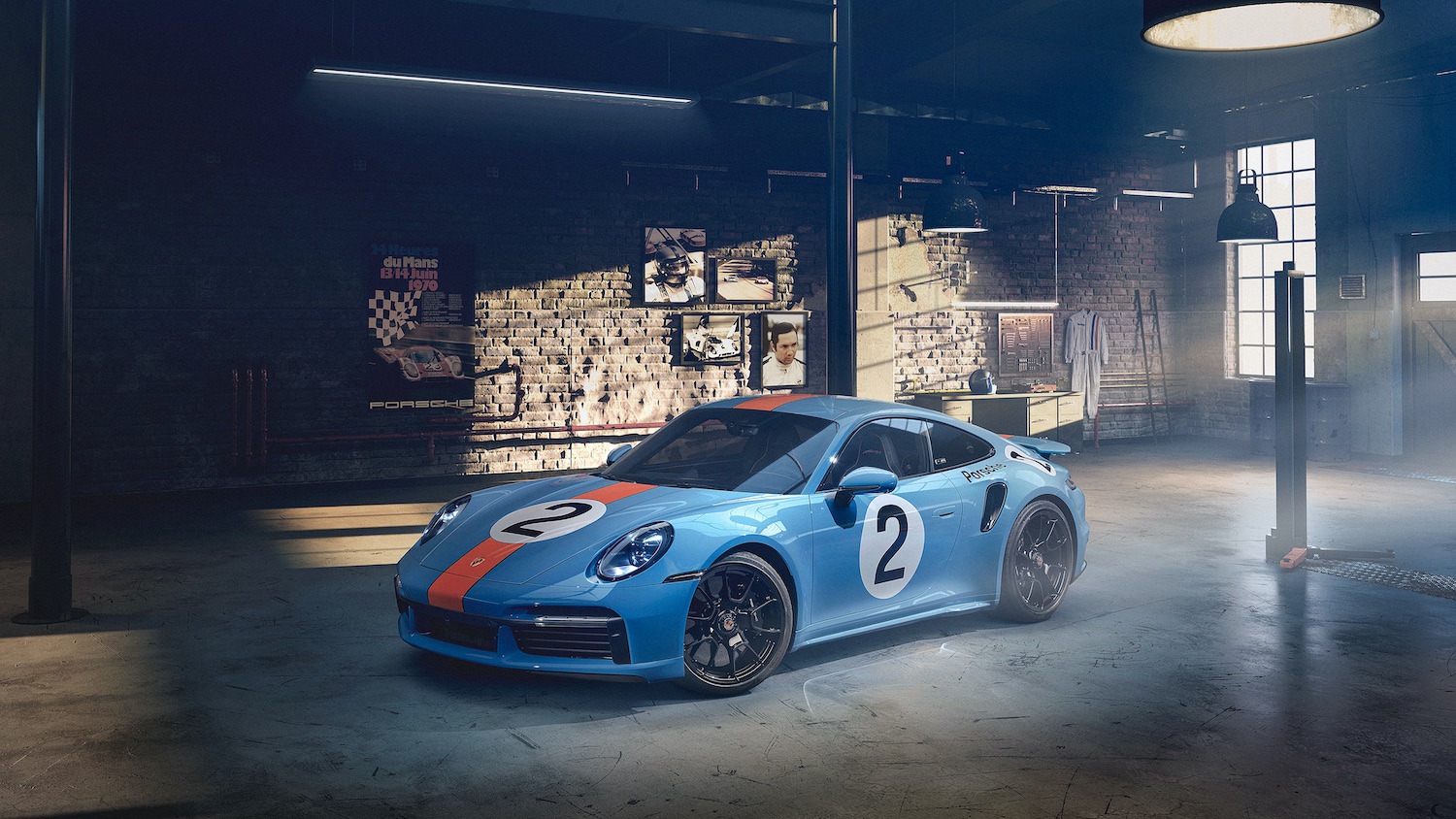
A predecessor of the Gulf Oil livery may have been when the company owner entered his personal GT40 to an endurance race at Daytona. His car was already dark blue, so he had the orange Gulf Oil logo painted on it, as well as matching stripes.
Later, Gulf Oil sponsored the John Wyer Automotive Engineering team which ran Ford GT40s. They collaborated on a color combo that included a lighter powder blue and the marigold orange stripes/logo. These GT40s competed at Le Mans in both 1968 and 1969.
Why is Gulf livery so famous?
Gulf Oil’s 1968 and 1969 Ford GT40s made its blue and orange color combo famous among automotive fans. But it was the Gulf-liveried Porsche 917K that Steve McQueen drove in the 1971 film Le Mans that forever enshrined the color combination in the public imagination.
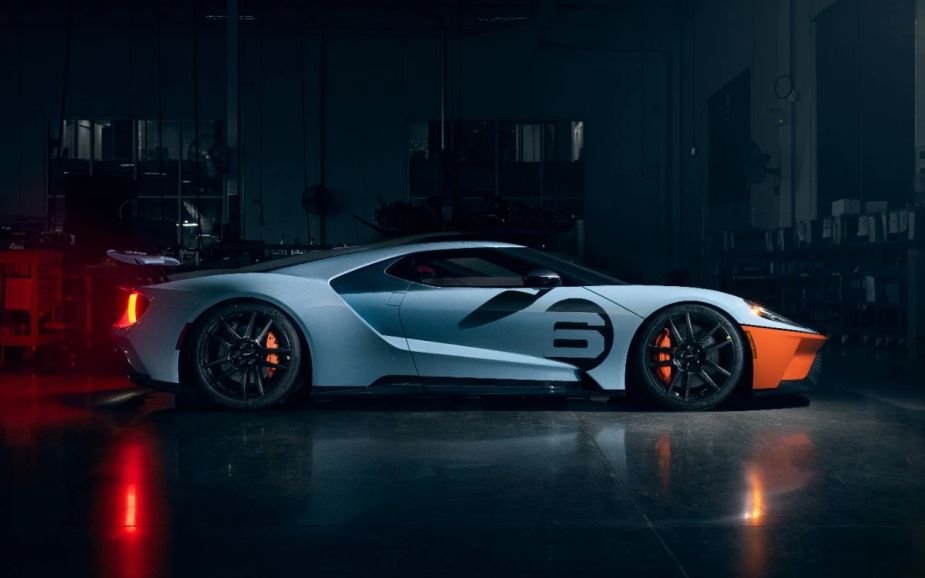
Since 1971, Gulf Oil has been very selective about what automakers it chooses to partner with. This makes the number of cars that have worn the Gulf Oil livery relatively short: Audi, Porsche, Aston Martin, and Ford are a few. More recently, Gulf Oil struck up a deal with McClaren.
Many motorsports fans do a Gulf Oil livery tribute paint job when restoring classic cars. This is especially popular with vintage Porsches and Fords, because of these automakers’ racing relationships with Gulf Oil.
But Gulf only licenses its trademarked color combination to certain elite editions of new cars. These include the Lotus Evora 400, Ford GT Heritage Editon, Ford Mustang Premium, and McLaren Elva.
What are the paint codes for Gulf racing colours?
According to Motortrend, the first official Gulf Oil liveried GT40s wore “Marigold Orange” (P030-3393) over “Gulf Powder Blue” (P030-8013). Most Gulf Oil livery paint jobs also integrate a Royal Blue pinstripe as a border between the orange and powder blue sections.
Next, read about the rowdy shenanigans at the first motorsports race or see McLaren’s look back at the Gulf Racing livery before reviving it for the Monaco Grand Prix:
See a new Ford GT wearing the classic Gulf Oil racing livery in this final video:
Check out one of the largest collections of cars wearing Gulf Livery in this final video:
